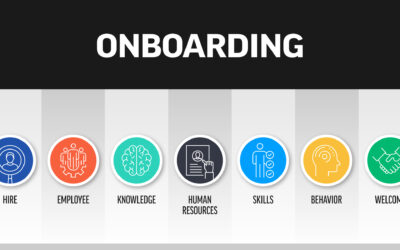Whether they are being spoken, written or posted online, the words we say have an impact on others—and on the ways others perceive the ones sharing those words. Personally and professionally, we have each felt the impact of what others have said about us, to us or in regard to the products or services we have purchased.
Promises
The impact of what we say or write is never more on display than when it’s about the insurance industry. When insurance agents are asked what they have to offer clients, they most often respond with “a promise.” The Oxford Dictionary defines a promise as both a noun and a verb with the former being, “a declaration or assurance that one will do a particular thing or that a particular thing will happen,” and the latter as, “ to assure someone that one will definitely do, give, or arrange something; undertake or declare that something will happen.” When it comes to promises made in our industry, the impact to our clients can be measured in the thousands—and sometimes millions—of dollars.
Communicating about insurance
At its foundation, insurance is the transference of risk from one party to another, in exchange for compensation. That’s a simple statement that has the potential impact on the future financial viability of a business or the possible loss of personal assets built over a lifetime, and so it needs to be considered carefully when it’s communicated.
As a personal-lines producer, I would purposefully ask prospective clients what kind of coverage they had because I wanted them to respond that their current agent had written them a full-coverage policy. As licensed insurance professionals, we know that full coverage means you have comprehensive, collision and liability—each with a limit or deductible—but when asking clients what full coverage means to them, it’s likely that you will get a completely different response.
Streamlining communications
When it comes to uncovering the exposures that our clients face and finding the products to manage those risks, it is imperative that we examine our processes across all forms of communication. This can be as simple as using templates to communicate with clients through agency-management systems, to preparing what we will say verbally when products are proposed and sold.
The use of standardized checklists and supplemental questionnaires can assist in uncovering risks more fully, and it can help prospective or current clients understand what some of their exposures are and what the value of their coverage would be if they have to file a claim.
Document, document, document
Although it’s every salesperson’s least favorite aspect of sales, documentation at every step in the process will be the key to minimize errors-and-omissions risks. Taking time—just a few minutes—to document key elements of verbal or written interactions could avoid the hours of follow-up needed to defend an E&O claim later.
For example, an agency was being sued by a personal-lines client who was adamant that he was told there would be flood coverage for his pool, but when the system documentation (i.e., files, emails, activities and notes) and the agency’s recorded phone calls were reviewed, no such promises had ever been made and the issue was closed quickly.
How much you should document has been described as a cross between the game shows Jeopardy! and Name That Tune by using the “fewest notes possible,” to recreate the answer in the form of the original question.
In sum
We need to think about not only what we say in both verbal and written communications, but also how other parties hear those words. Being able to listen actively to what your client is—and isn’t—saying, also will help to avoid situations that could result in E&O claims impacting your time, your finances and your business’ reputation when it comes to the promises that are made.
You can learn more
To learn more about best-practices for communicating with your clients to help them best understand their coverage—and to help you avoid any E&O trouble—attend Avoiding Written & Verbal E&O Issues with John Fear, CPIA, CISR, at PIA’s Connecticut Convention in Hartford. This continuing-education course has been approved for 3 PC credits.
For more information or to register for the event, see PIA’s Connecticut Convention event page.

John Fear, CPIA, CISR
John Fear, CPIA, CISR, has worked in the insurance industry for over 30 years and has conducted hundreds of workshops and sales training sessions. Those experiences have given him the knowledge and insight into real-life solutions that improve sales and maximize operational efficiencies for agencies.






